Discover 8 hidden attractions, cool sights, and unusual things to do in Washington Court House (United States). Don't miss out on these must-see attractions: Fayette County Courthouse, Fayette County Ohio Historical Society, and Morris Sharp House. Also, be sure to include Barney Kelley House in your itinerary.
Below, you can find the list of the most amazing places you should visit in Washington Court House (Ohio).
Table of Contents
Fayette County Courthouse
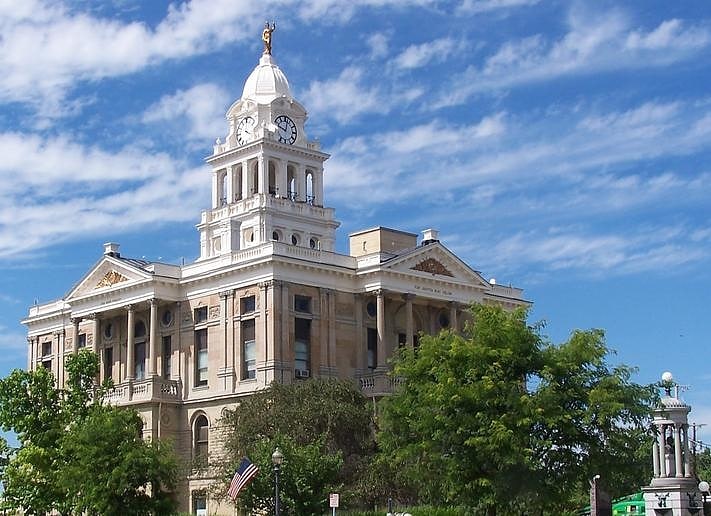
Courthouse. The Fayette County Courthouse is a historic courthouse building located at 110 East Court Street in Washington Court House, Ohio. On July 2, 1973, it was added to the National Register.[1]
Address: 110 E Court St, Washington Court House
Fayette County Ohio Historical Society

History museum, Museum
Address: 517 Columbus Ave, 43160-1427 Washington Court House
Morris Sharp House
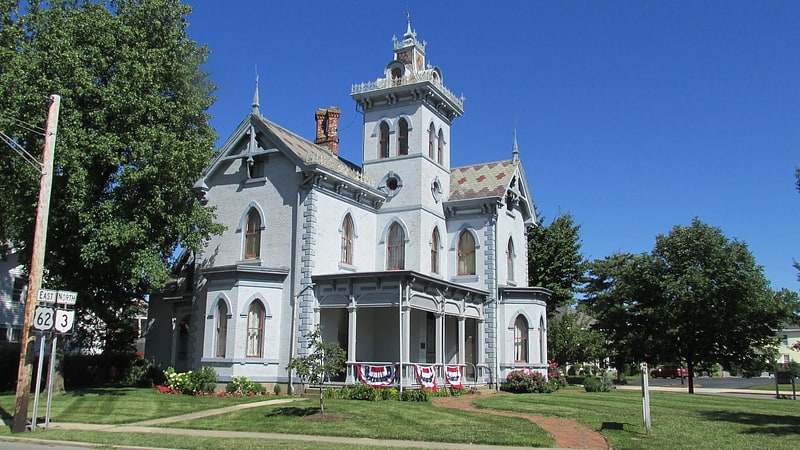
The Morris Sharp House is a historic residence in the city of Washington Court House, Ohio, United States. Built to be the home of one of the city's leading citizens, it has remained the architectural landmark that it was designed to be. The house has served as a museum for nearly fifty years, and it has been designated a historic site.[2]
Barney Kelley House
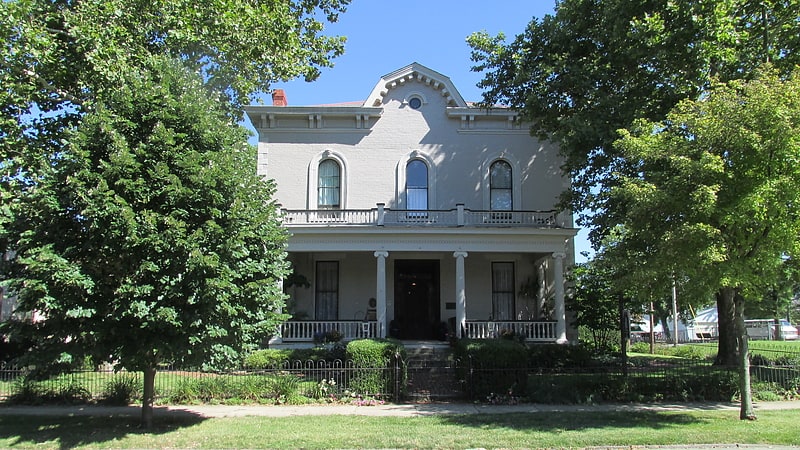
Building in Washington Court House. The Barney Kelley House is a historic residence in Washington Court House, Ohio, United States. Built amid a period of commercial prosperity for the city, it was home to some of the area's leading businessmen for many decades.
Born in 1834 in Ireland, Barney Kelley immigrated to the United States and moved to Washington Court House in the 1860s. At this time, the city was growing rapidly due to improved transportation: multiple railroads served the city, making it a fine site for commerce. Kelley soon opened a combined saloon and general store on East Main Street, selling everything from food to cutlery. In 1875, he arranged for the construction of the present house; and at this address he lived until selling it to Thomas Craig in 1896. Craig and his family, the owners of the city's Craig Brothers Department Store, owned the house until 1975.
The Kelley House is a brick building with a stone foundation, an asphalt roof, and various additional elements of stone. Designed and built by L.C. and B.C. Coffman and by Amos Cooke, it is one of several Italianate houses in the city, but none of the others feature the Kelley House's most prominent component. Some of its typical Italianate features include the ornamental frieze, the cornice supported by pairs of brackets, the keystones and architraves on the rounded arched windows, and the quoins. Setting the house apart from the other Italianate residences is its unusual circular front dormer window, set in a semicircular extension of the facade. The side of the house is divided into two bays and the front into three, with the main entrance in the middle; a porch is placed across the full width of the facade. Washington Court House is not the only city in the region in which circular dormer windows are rare; the Doan House is the only such residence with such a window in Wilmington to the southeast.
In 1979, the Kelley House was listed on the National Register of Historic Places. One of several houses in the city with this distinction, it was listed both because it was the home of a prominent local citizen and because of its architecture.[3]
Jacob Light House

The Jacob Light House is a historic residence in the city of Washington Court House, Ohio, United States. Once home to a prominent local craftsman, it has been designated a historic site as a well-preserved example of the Italianate style of architecture.
With the coming of multiple railroad lines, Washington Court House became an increasingly important center of commerce in the third quarter of the nineteenth century. Among those attracted to the city was Jacob Light, a tailor who had established himself as a regional merchant. Light purchased from Mills Gardner a sizeable lot south of the city's downtown on 10 May 1875, and by the beginning of June, he had commenced the construction of the present house. Built of brick on a stone foundation and covered with a slate roof, the L-shaped house is a distinctive example of the Italianate style. Among its prominent architectural components are the shallow hip roof, the front porch and its handcarven support beams, the shutters and pediments of the windows, and the brackets supporting the cornice. Particularly significant are the porch supports, which demonstrate the extent to which local woodcarving had progressed during the nineteenth century.
After sixty-one years of ownership, Jacob Light's family sold the house in 1936. Later owners preserved the house with few changes; more than fifty years later, it remained a good example of the Italianate style, of which just twenty other houses remained in the city by the late 1980s. In early 1988, the house was listed on the National Register of Historic Places, qualifying because of its historically significant architecture.[4]
Robinson-Pavey House
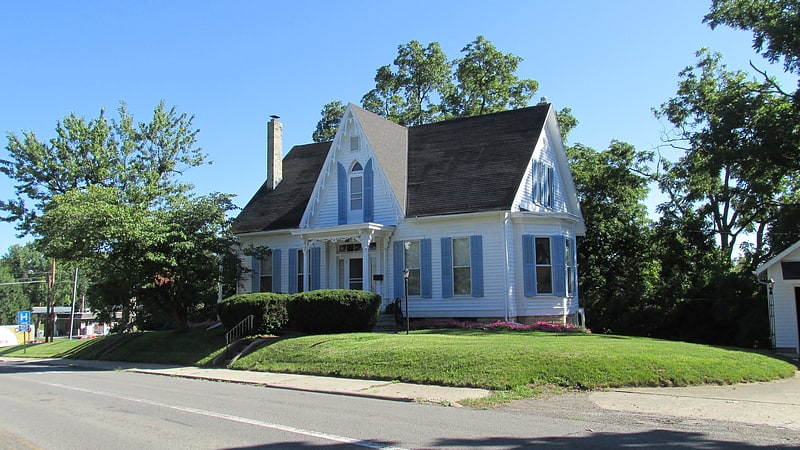
The Robinson-Pavey House is a historic residence in western Washington Court House, Ohio, United States. Named for its two prominent earliest residents, the house has been named a historic site.
After moving from another locality to Washington Court House, John H. Robinson arranged for the construction of the present house in 1849. Part proprietor of a family-owned textile factory, Robinson was able to occupy the house in the following year. He owned the property until 1861, when he sold it to local attorney Madison Pavey. Besides his law practice, Pavey was locally prominent as one of the founders of the Bank of Fayette.
Built of weatherboarded walls on a foundation of sandstone, the Robinson-Pavey House is covered with an asphalt roof and features elements of wood and iron. Among the prominent architectural elements of this Gothic Revival house are elaborate bargeboards at the ends of its tall gables; the roof is steeply pitched, and the house's shape is broken by a small "side" gable that includes a shutter-covered ogive window over the main entrance. Piercing the walls are two doors, both of which possess small but elaborate hand-carven trim and brackets.
In 1987, the Robinson-Pavey House was listed on the National Register of Historic Places, qualifying because of its distinctive architecture; at the time of designation it was one of just two Gothic Revival houses in the city.[5]
Rawlings-Brownell House
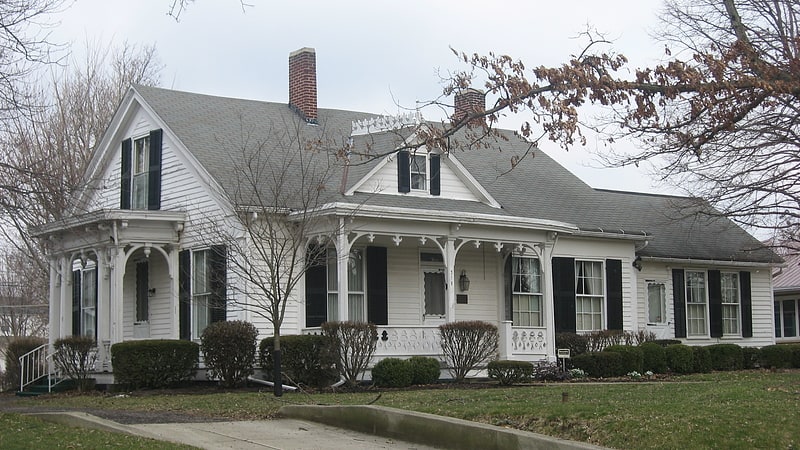
The Rawlings-Brownell House is a historic residence on the northern side of Washington Court House, Ohio, United States. Built during the middle of the nineteenth century, it was home to the man who established the neighborhood in which it is located, and it was later the home of a leading merchant. Although constructed in one architectural style, it was later partially converted into another style, becoming a good example of changes in the community's architectural tastes. It has been designated a historic site.[6]
Carnegie Public Library

Library
Address: 127 S North St, Washington Court House